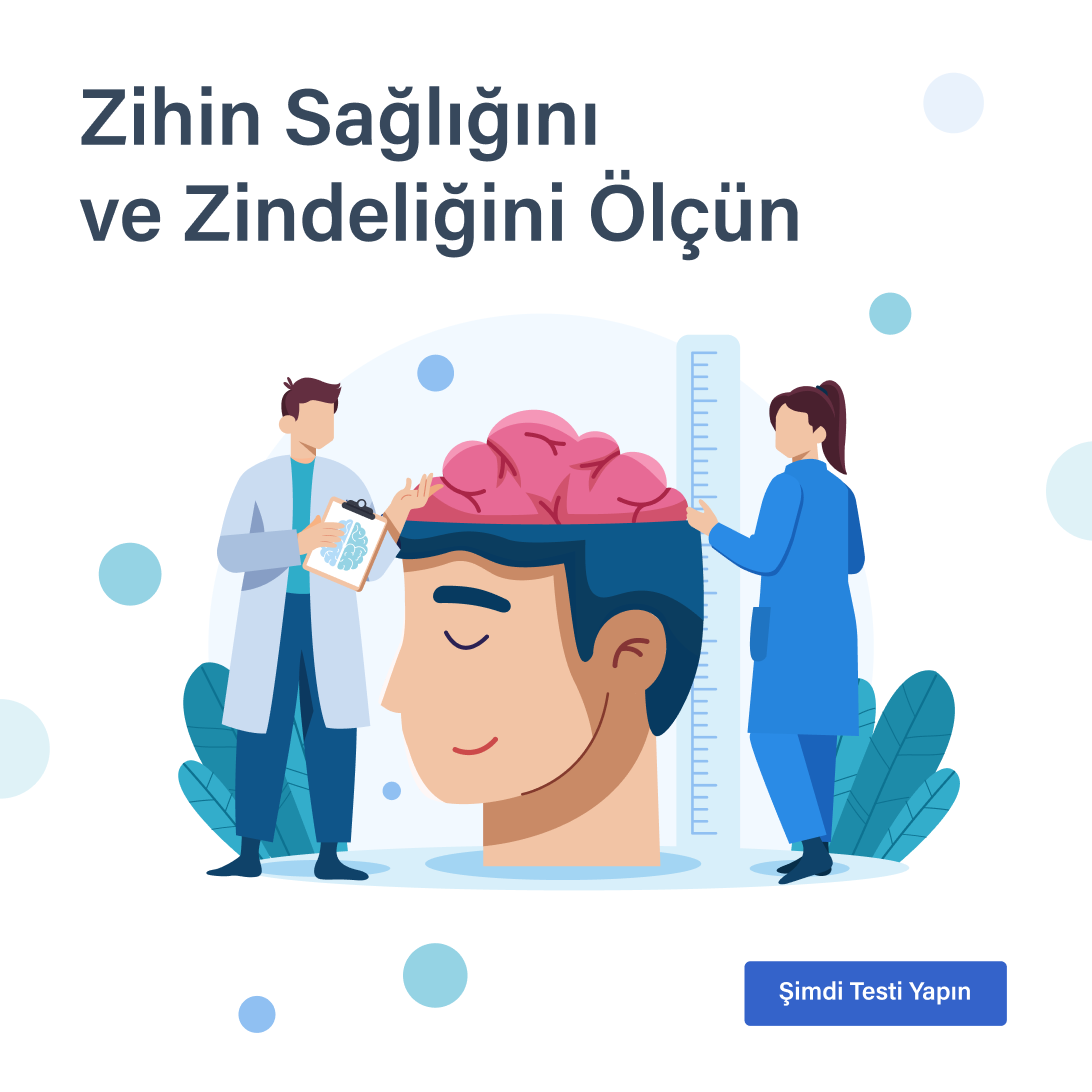WHAT IS DRY EYE SYNDROME?
Dry eye occurs when the eye does not produce tears properly, or when the tears are not of the correct consistency and evaporate too quickly. In addition, inflammation of the surface of the eye may occur along with dry eye. If left untreated, this condition can lead to pain, ulcers, or scars on the cornea, and some loss of vision. However, permanent loss of vision from dry eye is uncommon. Dry eye can make it more difficult to perform some activities, such as using a computer or reading for an extended period of time, and it can decrease tolerance for dry environments, such as the air inside an airplane. Other names for dry eye include dry eye syndrome, keratoconjunctivitis sicca (KCS), dysfunctional tear syndrome, lacrimal keratoconjunctivitis, evaporative tear deficiency, aqueous tear deficiency, and LASIK-induced neurotrophic epitheliopathy (LNE).
WHAT ARE THE SYMPTOMS OF DRY EYE?
Dry eye symptoms may include any of the following: Stinging or burning of the eye; A sandy or gritty feeling as if something is in the eye; Episodes of excess tears following very dry eye periods; A stringy discharge from the eye; Pain and redness of the eye; Episodes of blurred vision; Heavy eyelids; Inability to cry when emotionally stressed; Uncomfortable contact lenses; Decreased tolerance of reading, working on the computer, or any activity that requires sustained visual attention; Eye fatigue.
HOW IS DRY EYE TREATED?
Depending on the causes of dry eye, your doctor may use various approaches to relieve the symptoms. Dry eye can be managed as an ongoing condition. The first priority is to determine if a disease is the underlying cause of the dry eye (such as Sjögren’s syndrome or lacrimal and meibomian gland dysfunction). If it is, then the underlying disease needs to be treated. Cyclosporine, an anti-inflammatory medication, is the only prescription drug available to treat dry eye. It decreases corneal damage, increases basic tear production, and reduces symptoms of dry eye. It may take three to six months of twice-a-day dosages for the medication to work. In some cases of severe dry eye, short term use of corticosteroid eye drops that decrease inflammation is required. If dry eye results from taking a medication, your doctor may recommend switching to a medication that does not cause the dry eye side effect. If contact lens wear is the problem, your eye care practitioner may recommend another type of lens or reducing the number of hours you wear your lenses. In the case of severe dry eye, your eye care professional may advise you not to wear contact lenses at all. Another option is to plug the drainage holes, small circular openings at the inner corners of the eyelids where tears drain from the eye into the nose. Lacrimal plugs, also called punctal plugs, can be inserted painlessly by an eye care professional. The patient usually does not feel them. These plugs are made of silicone or collagen, are reversible, and are a temporary measure. In severe cases, permanent plugs may be considered. In some cases, a simple surgery, called punctal cautery, is recommended to permanently close the drainage holes. The procedure helps keep the limited volume of tears on the eye for a longer period of time. In some patients with dry eye, supplements or dietary sources (such as tuna fish) of omega-3 fatty acids (especially DHA and EPA) may decrease symptoms of irritation. The use and dosage of nutritional supplements and vitamins should be discussed with your primary medical doctor. Op.Dr.Ahmet UMAY Bristol University Ophtalmology Section United Kingdom Resource : National Eye Institute




